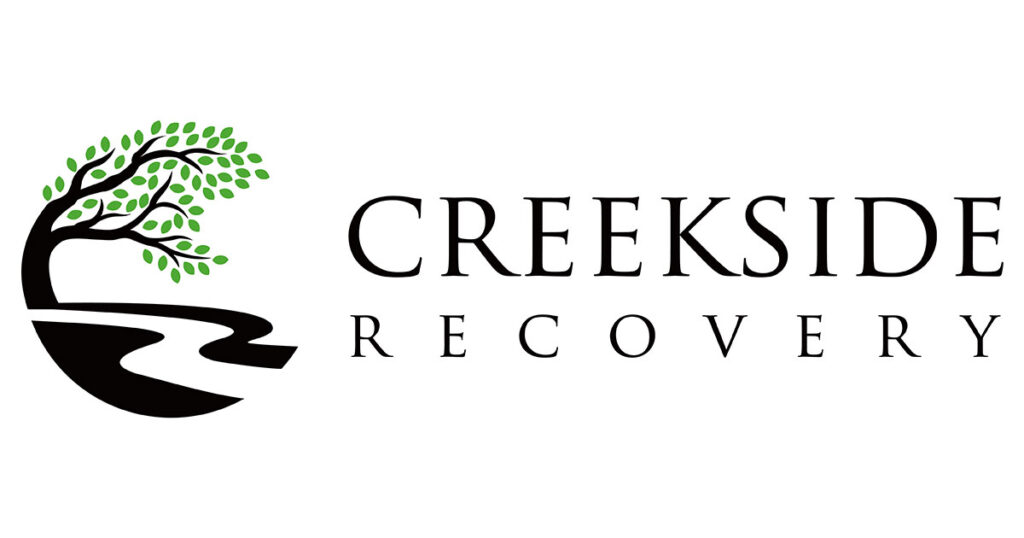Exploring Options for Drug Treatment Center Contra Costa County
If you’re considering a Drug Treatment Center Contra Costa County has a range of facilities to choose from. As someone who has spent over two decades in this field, I can assure you that options vary widely in terms of treatment approaches, cultural fit, and amenities. Each center offers unique benefits tailored to different needs, whether you’re seeking medically supervised detox programs, therapeutic interventions, or holistic approaches.
Consider your personal requirements–some may prioritize an environment like Creekside Recovery, where individualized attention and a tranquil atmosphere are key. Others might value more intensive medical oversight or community-based support. The choice often depends on the specific challenges and needs of the individual. The important thing is to find a center that resonates with your particular journey to recovery.
The Importance of Personalized Treatment
One size does not fit all in addiction recovery, especially at a Drug Treatment Center Contra Costa County residents can trust. The concept of personalized treatment is paramount. Over the years, I’ve witnessed how crucial it is to consider an individual’s history, mental health status, and substance use patterns when designing a treatment plan. This tailored approach enhances the effectiveness of the recovery process.
At Creekside Recovery, for example, every individual participates in designing their treatment plan alongside specialists. This collaborative process involves therapists, psychiatrists, and often family members, to ensure a comprehensive approach to healing. It’s not merely about the medical and therapeutic interventions but also about recognizing the person’s unique strengths and aspirations.
How Does Equine Therapy Help in Recovery?
Equine therapy, available at some Drug Treatment Center Contra Costa County facilities, engages individuals in activities with horses under professional guidance. But why horses? These majestic animals mirror emotions and behaviors, providing immediate feedback and fostering emotional awareness.
From my experience, working with horses can break down barriers that traditional talk therapy may struggle to penetrate. It is particularly beneficial in building trust, improving communication, and developing empathy. These sessions often spark profound personal insights and breakthroughs, complementing other therapeutic modalities. Equine therapy proves to be an invaluable asset in the holistic healing journey.
Choosing the Right Drug Treatment Center Contra Costa County
Making the decision to enter treatment is significant, but choosing the right center is equally crucial. A few steps can guide you in making an informed choice:
- Assess Needs: Determine if a facility offers specific programs that match your recovery goals.
- Research Facilities: Explore different centers, read reviews, and gather insights from former patients.
- Visit Centers: Whenever possible, visit potential centers to get a sense of the environment and culture.
- Verify Credentials: Ensure that the staff are accredited professionals with experience in addiction treatment.
- Evaluate Support Services: Look for facilities that offer comprehensive aftercare programs to sustain long-term sobriety.
Each step is critical in crafting a treatment experience that is supportive and effective. By doing your due diligence, you’ll increase the likelihood of finding a program that facilitates genuine recovery.
What Qualifies as a Drug Treatment Center Contra Costa County Emergency?
An emergency typically involves scenarios where immediate intervention is required, such as potential overdoses, severe withdrawal symptoms, or life-threatening behaviors. In such cases, contacting a Drug Treatment Center Contra Costa County offers emergency services can be lifesaving. Facilities often provide 24/7 support, enabling rapid response to critical situations.
If you’re meeting these criteria, it’s advisable to seek assistance without delay. Many centers are equipped to provide urgent care, stabilizing individuals before transitioning them to ongoing treatment programs. This process not only helps save lives but also sets the groundwork for a sustainable recovery journey.
Addressing Common Misconceptions About Drug Treatment Centers
Misconceptions about drug treatment centers persist, often fueled by outdated stereotypes or misinformation. Understanding the realities can dispel fears and foster informed decisions. Here are a few myths to reconsider:
- Myth: Only the wealthy can afford treatment. Reality: Many centers, including those in Contra Costa County, offer sliding scale fees or accept insurance to make treatment accessible.
- Myth: Rehabilitation is a one-time cure. Reality: Recovery is a lifelong journey that often requires multiple interventions and continuous support.
- Myth: All rehabs are the same. Reality: Facilities vary greatly; they can range from clinical to holistic, and from large institutions to intimate settings like Creekside Recovery.
By addressing these misconceptions, individuals and families can approach treatment with optimism and clarity. It empowers them to choose centers based on informed research rather than fear or bias.
What is the spirit program in Contra Costa County?
The SPIRIT program in Contra Costa County is an innovative initiative designed to support mental health recovery. It involves collaboration between service users and community health providers to offer training and peer support. By integrating community experiences and professional guidance, the program fosters a unique environment for recovery and personal growth. The strength of the SPIRIT program lies in its emphasis on peer interaction, which encourages understanding and empathy among participants who can relate to each other’s experiences. Reflecting on the benefits of mutual support can lead to transformative insights and personal engagement in the recovery process.
How many days do you get in rehab?
The length of stay in rehab varies significantly based on individual needs and the severity of the addiction. At Creekside Recovery, we understand that recovery is a personal journey, and our program durations can range from 30 to 90 days or more. Our focus is on creating personalized treatment plans tailored to each individual, allowing flexibility to adjust the length of stay as progress is made. Studies suggest that longer stays often contribute to better recovery outcomes, as they offer more time for individuals to address underlying issues and develop coping strategies. However, the right length for each person depends on their unique situation and goals. What aspects of rehab length do you find most challenging or crucial to consider?
Do you have to pay for drug rehabilitation?
Yes, drug rehabilitation services typically require payment, but there are various ways to manage these costs. At Creekside Recovery, we offer different financial options, including accepting insurance and providing information on sliding scale fees to make treatment more accessible. The cost can vary depending on the services provided, duration of stay, and amenities offered. It’s important to verify with insurance providers what specific treatments are covered and to explore any available financial assistance programs. Making an informed decision can also involve weighing the long-term benefits of recovery against the initial costs. Have you explored financial assistance options that may be available?
What is a qualified treatment center?
A qualified treatment center, like Creekside Recovery, adheres to high standards of care and provides professional, comprehensive services for addiction recovery. This includes having accredited and experienced staff, individualized treatment plans, evidence-based therapies, and appropriate facilities. Our focus on small, personalized care with a limit of six residents ensures that each individual receives the attention necessary for effective recovery. Additionally, a qualified center will have appropriate state licenses and certifications, ensuring compliance with health and safety regulations. When evaluating treatment centers, consider the qualifications of the staff and the range of therapeutic options available.
How does equine therapy help in recovery?
Equine therapy is a unique treatment modality used at Creekside Recovery that integrates horses into the therapeutic process. This form of therapy is particularly effective for enhancing emotional awareness and building trust. Horses provide non-judgmental and immediate feedback, reflecting human emotions and actions, which can lead to powerful personal insights. Engaging with these majestic animals encourages the development of empathy, improves communication skills, and promotes emotional growth. These attributes make equine therapy a valuable complement to other therapeutic interventions. How do you think engaging with animals might influence personal growth and healing in recovery?
Choosing the Right Drug Treatment Center Contra Costa County
Selecting the right drug treatment center is a critical decision in the recovery journey. At Creekside Recovery, we emphasize the importance of assessing individual needs, researching facility capabilities, and visiting centers to gauge the environment and cultural fit. With our intimate six-bed facility, we offer personalized attention and a peaceful environment conducive to healing. It’s also important to verify the credentials of the staff and evaluate the support services for long-term recovery. The steps taken to choose the right center can significantly impact recovery success. What criteria do you prioritize when considering a treatment center for recovery?
Resources
- Substance Abuse and Mental Health Services Administration – The Substance Abuse and Mental Health Services Administration (SAMHSA) is a government agency dedicated to improving the behavioral health of the nation by providing resources, programs, and information on substance abuse and mental health issues.
- National Institute on Drug Abuse – The National Institute on Drug Abuse (NIDA) is part of the National Institutes of Health and is the leading federal agency for research on drug use and addiction. Their website offers extensive information on drug abuse, treatment, and prevention.
- Alcoholics Anonymous – Alcoholics Anonymous (AA) is a worldwide fellowship of individuals who have had a drinking problem. Their website provides information on their 12-step program and resources for those struggling with alcohol addiction.
- National Alliance on Mental Illness – The National Alliance on Mental Illness (NAMI) is a grassroots mental health organization dedicated to building better lives for those affected by mental illness. They offer support, education, and advocacy resources for individuals and families.






